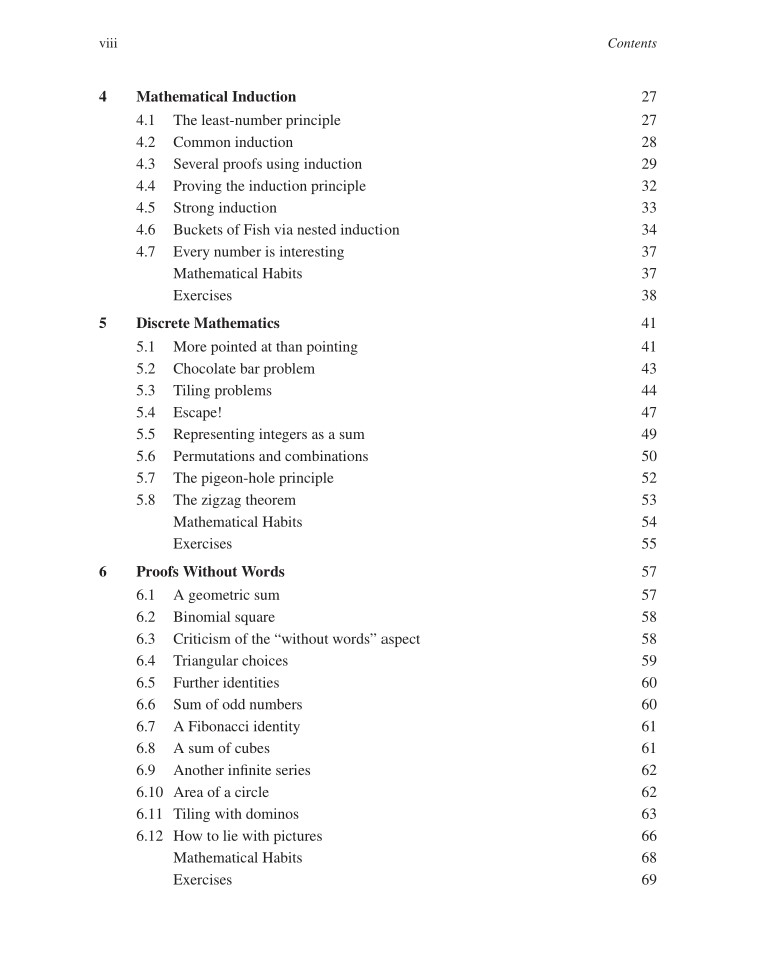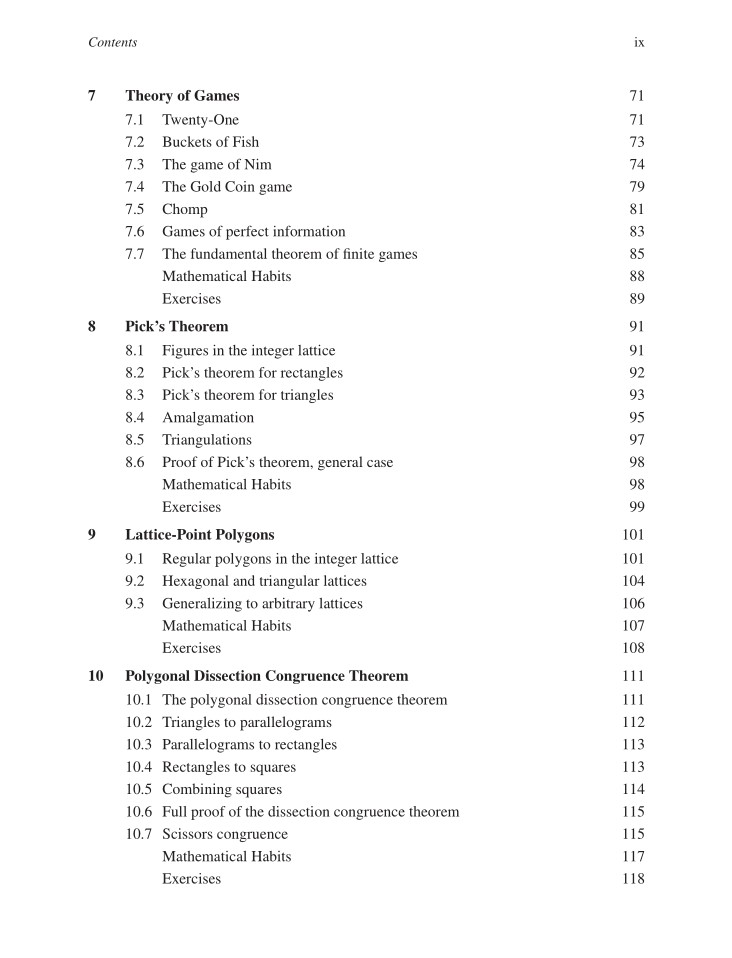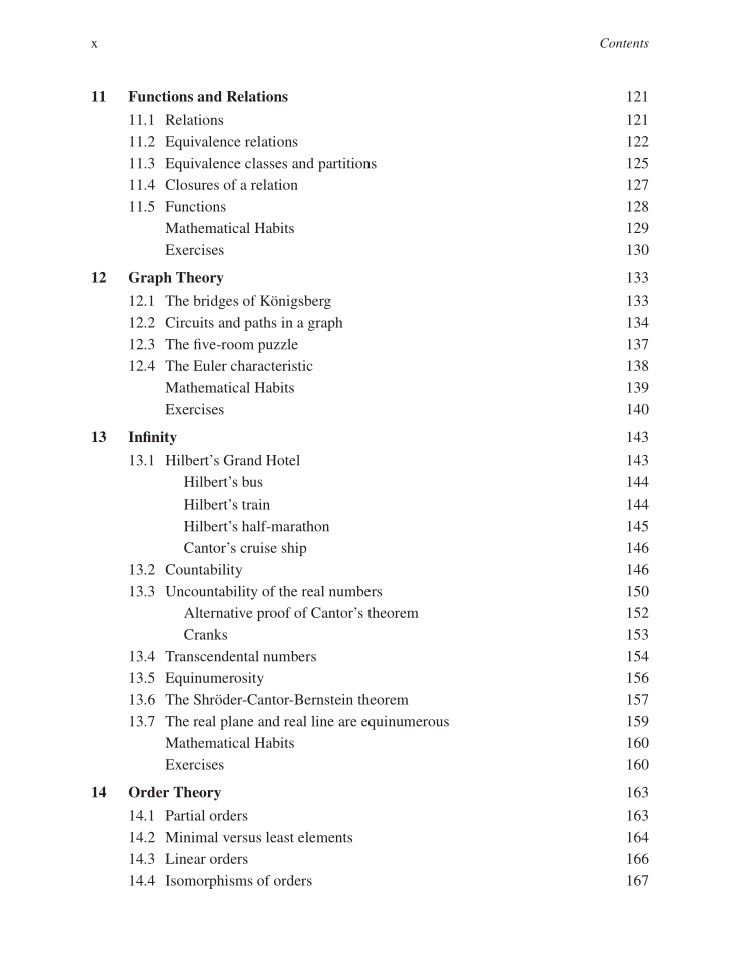A coming-of-age book for mathematicians aspiring to write proofs.
[bibtex key=”Hamkins2020:Proof-and-the-art-of-mathematics”]
Now available!
- Book profile at MIT Press
- Amazon.com
- Amazon.co.uk
- Order through your local bookstore
- See conversation on Twitter via #ProofandtheArt

From the Preface:
This is a mathematical coming-of-age book, for students on the cusp, who are maturing into mathematicians, aspiring to communicate mathematical truths to other mathematicians in the currency of mathematics, which is: proof. This is a book for students who are learning—perhaps for the first time in a serious way—how to write a mathematical proof. I hope to show how a mathematician makes an argument establishing a mathematical truth.
Proofs tell us not only that a mathematical statement is true, but also why it is true, and they communicate this truth. The best proofs give us insight into the nature of mathematical reality. They lead us to those sublime yet elusive Aha! moments, a joyous experience for any mathematician, occurring when a previously opaque, confounding issue becomes transparent and our mathematical gaze suddenly penetrates completely through it, grasping it all in one take. So let us learn together how to write proofs well, producing clear and correct mathematical arguments that logically establish their conclusions, with whatever insight and elegance we can muster. We shall do so in the context of the diverse mathematical topics that I have gathered together here in this book for the purpose.







Congrats on the new publication! This looks like a really great book.
Thanks, Norman. It’s been years in the making, but I think it is a good book.
So excited. I *clearly* need this book.
Looking forward to reading this. What is discussed in the “mathematical habits” sections?
The Habits are brief mathematical habits of mind or pieces of advice that I believe help guide one toward being an effective mathematician. Each chapter ends with a handful of these Habits, usually connected in some way with the methods or ideas that were considered in that chapter.
Hi Dr. Hamkins. Purchased your book and learned alot. Question: Why do all proof writing books use the theorem-proof format? Surely a mathematician begins their investigation with a question, for example by asking themselves, “I wonder if the square root of two is a rational number or an irrational number”? Intuition may spontaneously suggest a conjecture to be proven, but it must be preceded by curiosity about some mathematical object. Anyway, great book.
Of course one begins with questions and curiosity, I completely agree, and the formally stated Question should be considered part of the theorem-proof format, just as much as lemmas, corollaries and conjectures, which are themselves a kind of question. I think in my book I asked many informal questions, trying to motivate the investigation. My favorite mathematical situation arises when an initial question gets answered ultimately in an opposite way to what one might naturally have expected at first. I recommend the theorem-proof format for beginners, because when teaching mathematical proof-writing, I had noticed that students at first sometimes don’t distinguish sufficiently enough between the proof and the claim itself that is being proved. Things can get all mixed together in a way that becomes confusing or incoherent. Or perhaps they aren’t sufficiently clear about what their claim is precisely. The theorem-proof format helps one to be completely clear about what precisely the theorem is while also helping to demarcate the claim from the proof that that claim is true.
Pingback: Proof and the Art of Mathematics: Examples and Extensions | Joel David Hamkins